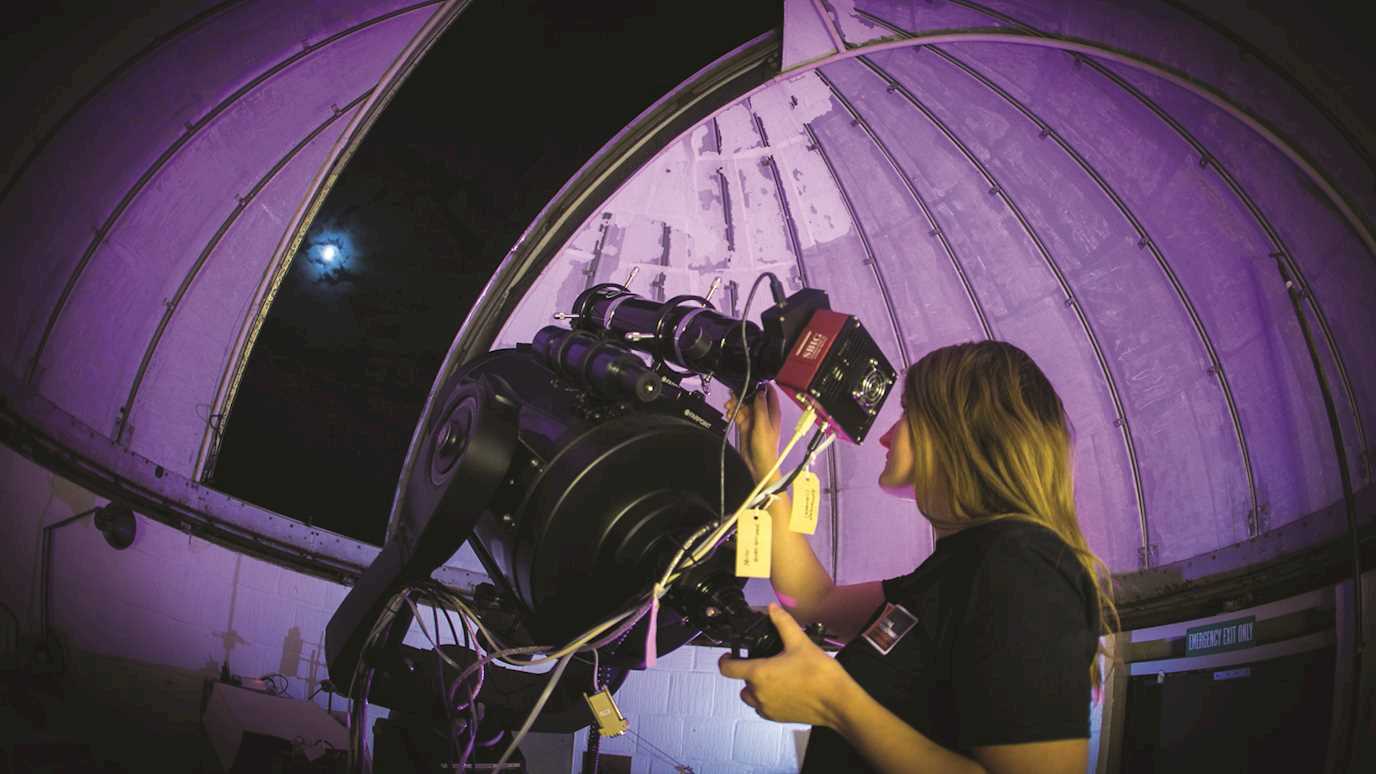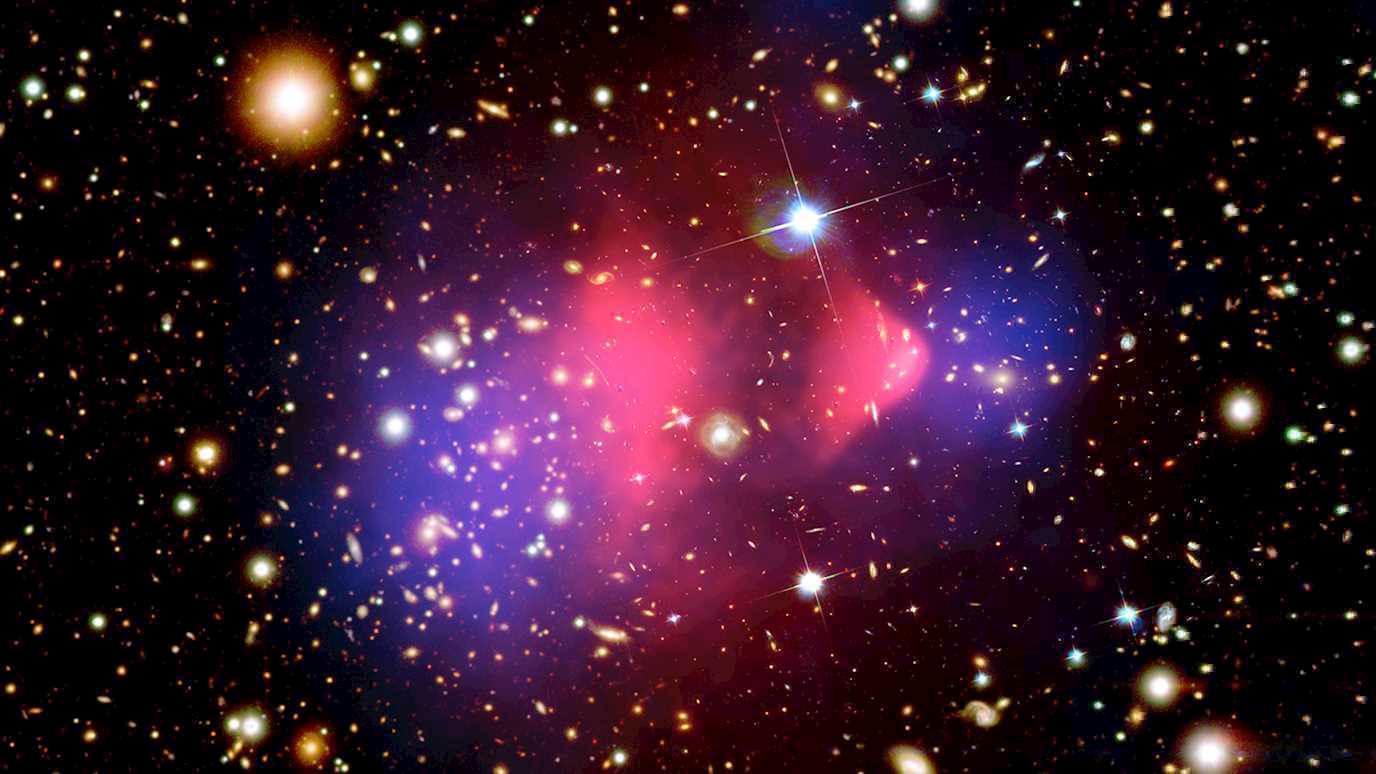Dr Matthew Bryan (Dept Electronic Engineering, RHUL)
Magnetic anisotropy is often treated as a uniform property of a material. This is a reasonable approximation where magnetization structure is dominated by one form of anisotropy. However, systems with non-uniform anisotropy, such as exchange springs [1] and stress-induced domain wall motion [2], have shown that introducing non-uniformity can lead to novel magnetization behaviour. This talk will discuss the effects of non-uniform anisotropy in hybrid structures formed by coupling a Permalloy (Ni80Fe20) layer with a Co/Pd stack (treated as a single material layer), which have intrinsically in-plane and out-of-plane anisotropies, respectively. Due to the different anisotropies, the individual layers favour distinct domain configurations, with the vortex-like Landau pattern preferred in the Permalloy layer and uniform magnetization in the out-of-plane Co/Pd layer. Coupling the layers results in mutual spin imprinting, in which the magnetization within one layer is imposed on the other. Depending on the precise layer composition, this can lead to either a pure in-plane Landau domain pattern, an out-of-plane exchange-spring magnetization structure or an anomalous mixed Landau-maze domain state (Fig. 1).
Topologically, magnetic vortices consist of an in-plane circulating magnetization around a central out-of-plane core, whereas maze domains are formed from oppositely magnetized out-of-plane domains joined by an in-plane domain wall. Due to the mutual spin imprinting, the vortex core must reside over a like-magnetized maze domain. Therefore, reversal of vortex core magnetization requires it to cross the in-plane domain wall, conflicting with its out-of-plane topology. Tunnelling of the vortex core across the domain wall leads to localisation that may benefit low power applications, such as nanoparticle traps, RF oscillators or encryption devices.
Location: Shilling 1-07 (Creative Thinking Room)
Figure 1: Magnetization structure in the mixed Landau-maze domain state within (a) the Co/Pd and (b) the Permalloy layers.
[1] G Asti, et al., Phys. Rev. B, 73, 094406 (2006)
[2] MT Bryan, et al., Phys. Rev. B, 85, 144411 (2012)

























